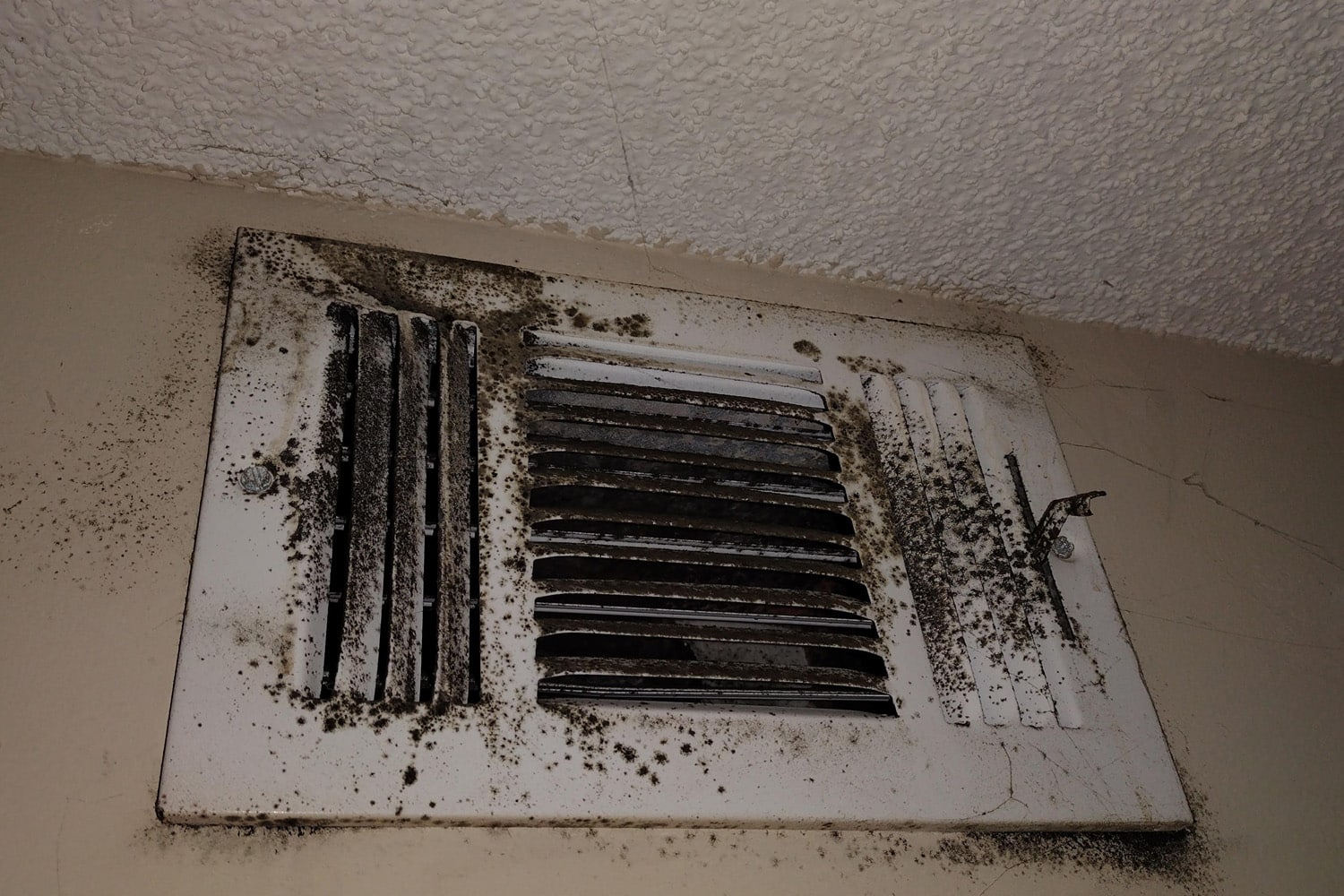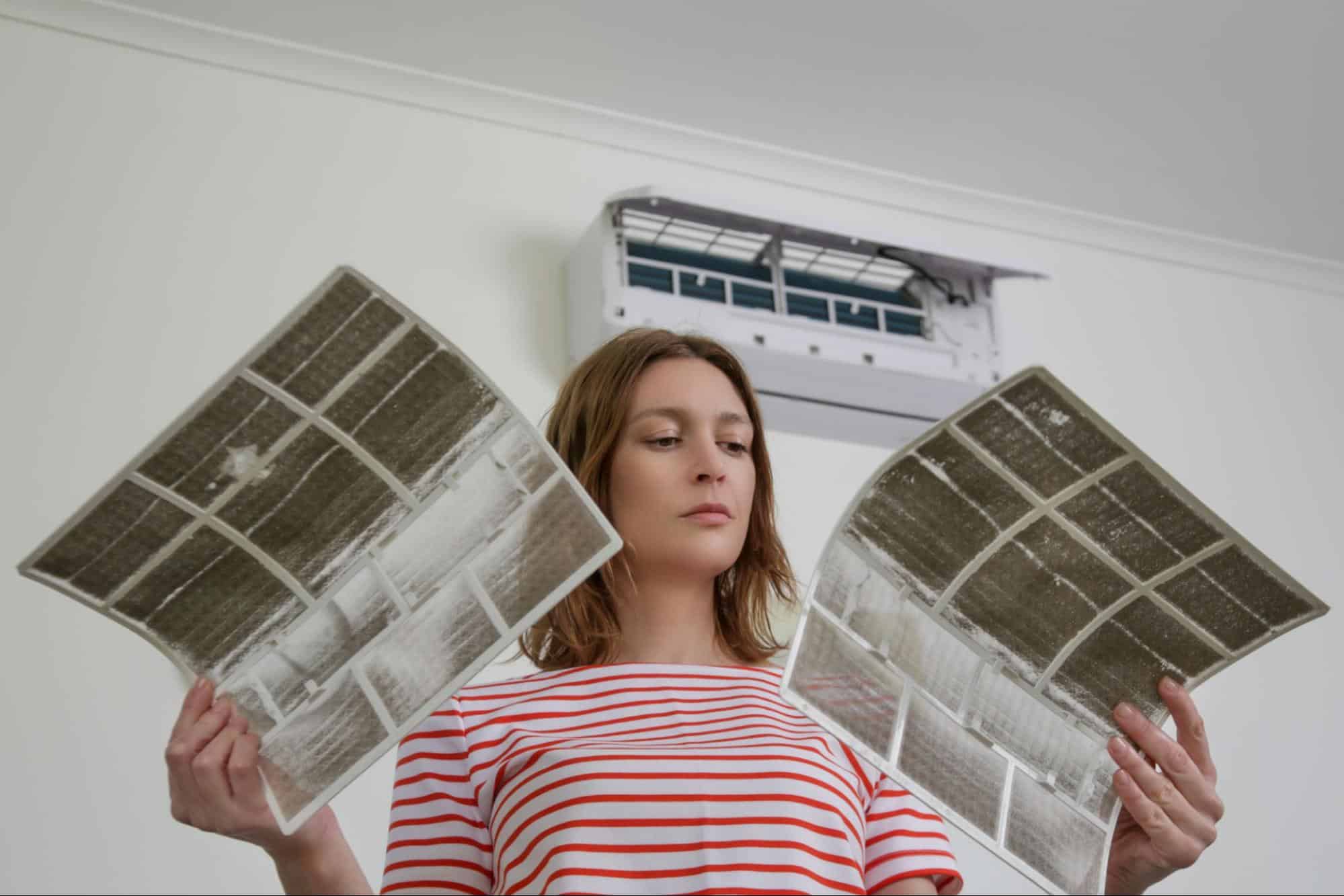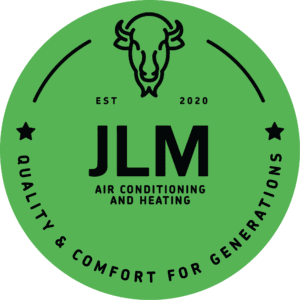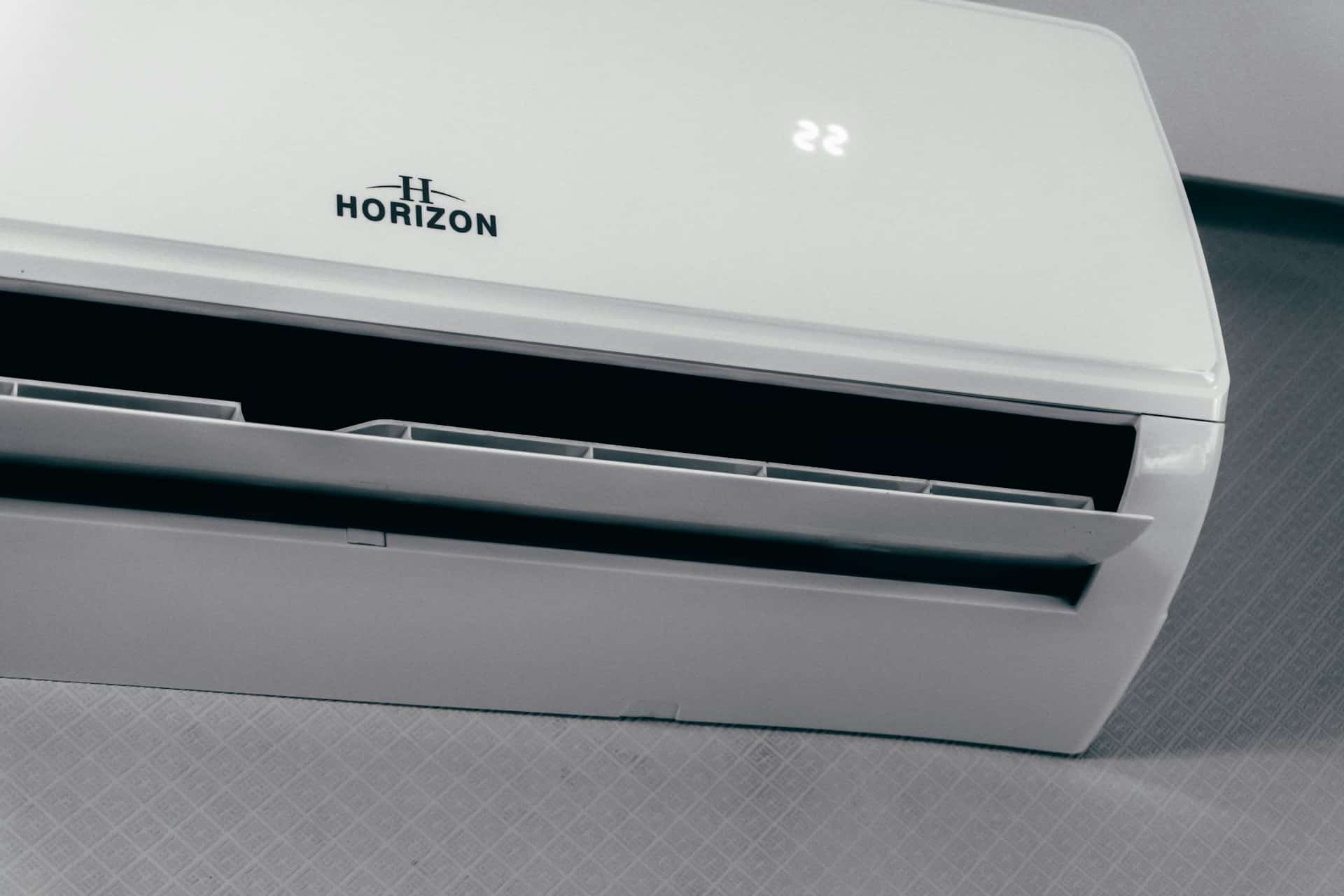I think we all know what mold is; it’s a pretty common issue, especially if you’ve got an HVAC system. This sneaky little culprit loves moisture and hides in places we don’t always check. So if you’ve spotted mold in your HVAC, don’t panic. Honestly, most of us have noticed it at some point. What really matters is how you deal with it. I’ve been there myself, and trust me, ignoring it only makes it worse. That’s why I’m going to walk you through exactly how to get rid of mold in your HVAC system, step by step, and more importantly, how to stop it from coming back. Let’s get into the details and clean things up, for good.
Why Mold in HVAC Systems Is a Big Problem?
Okay, if it grows in moist places, why is it a big deal? The thing is that mold and air conditioning don’t mix. Once mold finds a cozy, damp spot in your HVAC system, it spreads quietly and quickly.
Here’s what can happen:
- A foul, musty smell every time the AC turns on. That odor is a giveaway that mold spores are circulating through your vents.
- What you should know is that a drop in indoor air quality, can make allergies and asthma worse, especially for kids, the elderly, or anyone sensitive to airborne irritants.
- Clogged ducts and air filter problems that cause your AC unit to work harder, leading to higher energy bills and more wear and tear.
- This one happened to me. Serious health concerns, such as mold in your air, trigger headaches, fatigue, sinus issues, and even long-term respiratory problems.
Over time, mold in AC system components like evaporator coils, the air handler, and your ductwork can damage the entire system. And yes, can mold in AC kill you? While rare, it can pose life-threatening risks for those with weak immune systems or chronic lung issues.
Bottom line? Mold isn’t just gross. It’s a real problem that affects your comfort, your wallet, and your health.
Where Does Mold Grow in an HVAC System?

Credit: absolutemoldremoval.ca
Mold is not always visible. We understand that it loves moisture, dust, and darkness, and unfortunately, your HVAC system checks all those boxes. It’s the ideal setting for mold to settle in and quietly spread without being noticed.
Here’s where mold growth often starts:
- Evaporator coils – These coils get cold and constantly collect condensation. If there’s dust or dirt around, it becomes a breeding ground for mold inside AC components.
- Drain pans – Very easy target. These catch the moisture from the coils. But if they get clogged or don’t drain properly, they hold standing water, which is ideal for mildew in air conditioner setups.
- Air ducts – Dust buildup and small leaks allow humidity to enter, creating a comfortable home for mold in air conditioning ducts.
- Filters – When your air filter is clogged or hasn’t been changed in a while, it traps mold spores that get blown back into your home.
- Air handler – The internal insulation of the air handler can absorb moisture and hide mold in air handler components deep within the system.
When you constantly ignore checking these places, these spots can lead to a full-blown moldy AC unit that smells bad and spreads spores every time your AC runs.
Signs of Mold in Your HVAC System
The next thing you need to know is what the signs of mold are. Think you’ve got AC mold? Here are the most common signs of mold you should watch for and act instantly if you notice anyone of them:
- Constant musty smell when your air conditioner runs
- Coughing, sneezing, or allergic reactions indoors, because I have faced such issues a lot.
- Black mold in the AC unit vents or near the air handler
- Visible growth inside ducts or near the AC unit
- Water stains, leaks, or excess condensation
If you notice these, don’t wait. Call for mold remediation or AC maintenance to stop the issue early. Now, if you are looking for AC maintenance services, here’s what you need to know. JLM air conditioning and maintenance has years of experience and thousands of satisfied customers to help you with mold inspections. So, schedule a call before it’s too late.
How to Test for Mold in AC Systems?

Credit:americanhomewater.com
You’ve noticed the smell. Maybe seen some black spots. Here’s how to be sure:
Inspect Your Vents
Look inside for visible signs of mold in air ducts or black patches around the grates.
Trust Your Nose
A musty or earthy odor is often the first clue. If it’s stronger near vents or returns, it may be mold in the air conditioner parts.
DIY Test Kits
It’s one of the easiest methods. Available at most hardware stores, these kits detect mold spores in the air.
Hire a Pro
An HVAC technician can do a full inspection, from the handler to the ductwork, and recommend the right treatment. And if you’re in East Valley, Arizona? Reach out to JLM Air Conditioning and Heating. We’ll help you with everything from mold remediation to cleaning mold from ductwork, so you can breathe easy again.
Cleaning and Preventing Mold Growth

Once the bad news has been broken to you, mold has sneaked into your HVAC system. Here’s how to handle cleaning mold from ductwork and other HVAC parts:
Cleaning Steps
- Start by cleaning the evaporator coils, drip pan, and air filter
- Use mold-killing solutions on affected surfaces
- After that, dry all areas thoroughly
- If needed, schedule mold removal and AC unit service
Prevention Tips
- Clean or replace your air filter every 1–3 months
- Use air purifiers to trap mold spores
- Keep humidity between 40% – 50% indoors
- Check for leaks in ducts and around the AC unit
- Book regular AC maintenance to keep the system clean
Regularly checking and cleaning your AC helps prevent mold before it becomes a bigger issue.
Final Thoughts
Mold in HVAC systems is more than just a smelly inconvenience. It can damage your system, affect your health, and lower your indoor air quality.
Here’s your action plan:
- Check your air conditioner for any signs of mold
- Keep up with AC maintenance and regularly clean
Schedule professional help if you spot black mold in the AC unit parts



